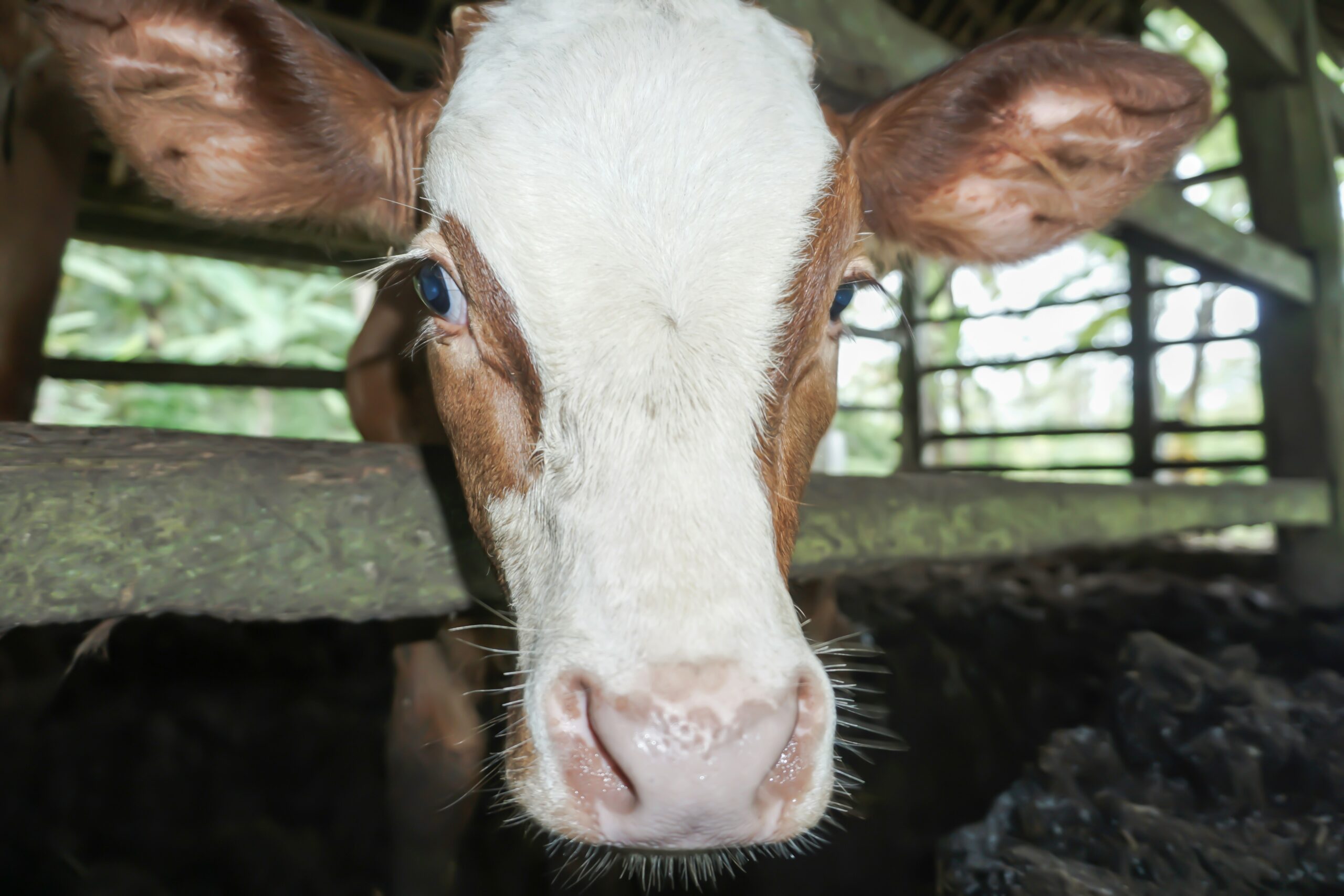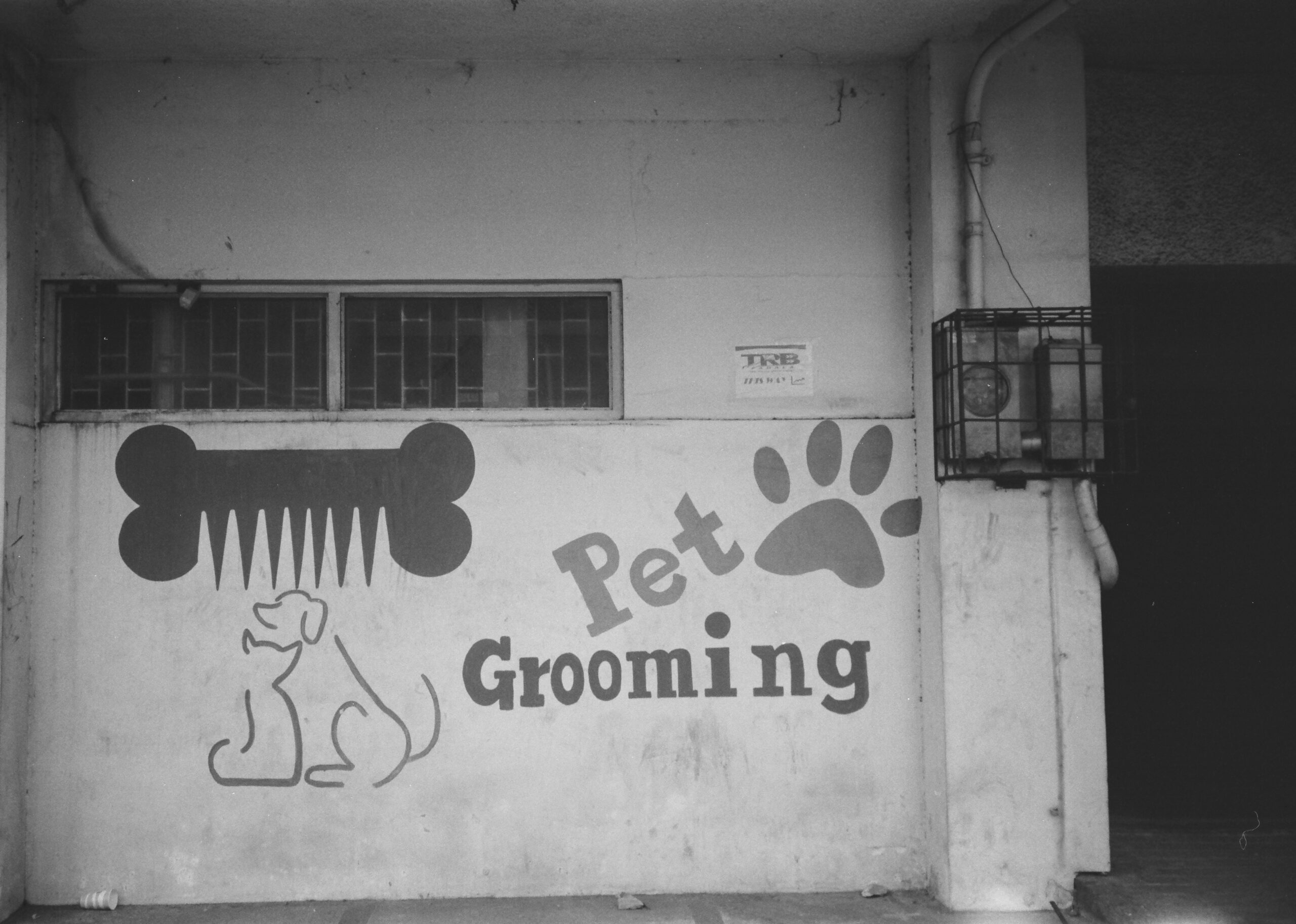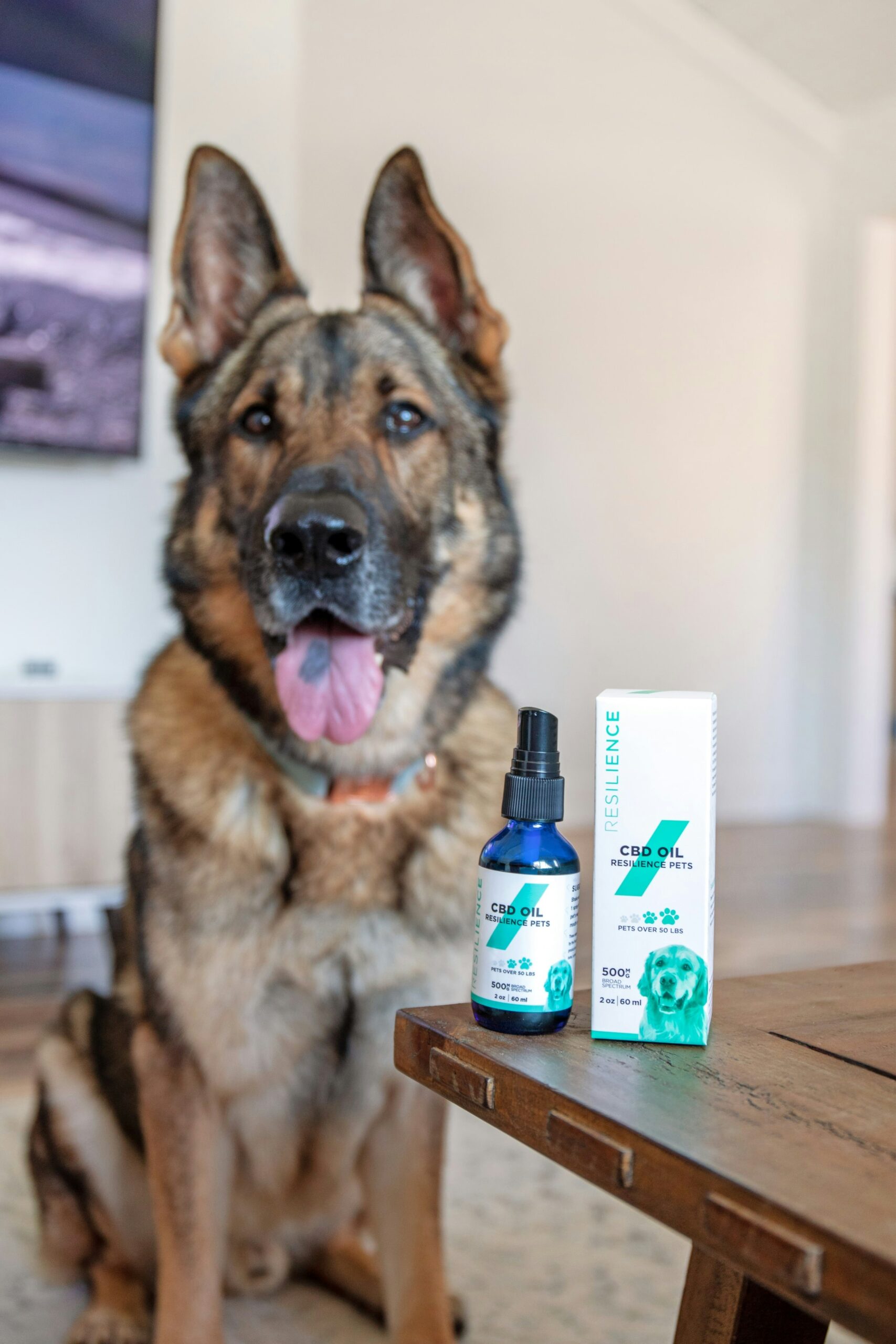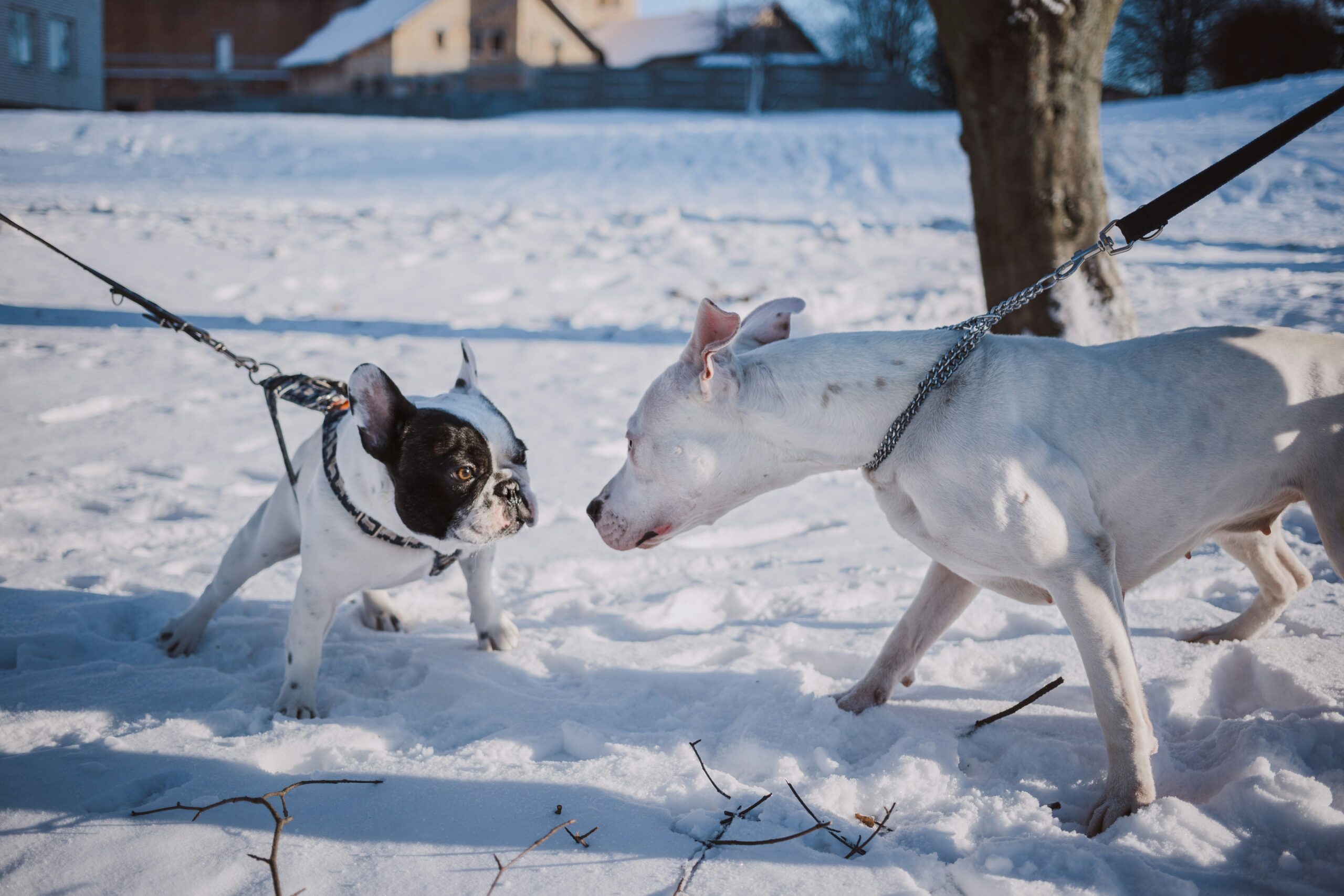Managing Pet Aggression: Effective Strategies for a Safer Home
Understanding Pet Aggression
Pet aggression is a complex behavior exhibited by animals, characterized by actions intended to harm or intimidate another individual, be it another pet or a human. Understanding pet aggression involves recognizing the various causes, types, and triggers that lead to aggressive behavior in pets. Several underlying factors contribute to these forms of aggression, including fear, territoriality, and frustration. By evaluating these aspects, pet owners can better comprehend their furry companions’ actions.
Fear-based aggression often arises when a pet feels threatened or cornered, prompting them to react defensively. This defensive stance can stem from past traumas, lack of socialization, or unfamiliar environments. Pets displaying fear-aggressive behaviors may growl, snarl, or lunge when provoked, indicating a clear signal that they are uncomfortable. In contrast, territorial aggression occurs when a pet perceives a threat to their claimed space. This type of aggression often manifests when strangers enter the home or when other animals approach their territory. Understanding that the pet sees the situation as a potential danger is critical in addressing their concerns appropriately.
Frustration-induced aggression typically arises when a pet experiences a lack of access to something they desire, such as food, toys, or the outdoors. This breed of aggression is particularly prevalent in pets restrained by leashes or barriers, where the inability to reach their target can lead to explosive reactions. Apart from these triggers, it is essential for pet owners to differentiate between normal behavior and aggressive behavior. Certain behaviors, such as barking or growling, can be normal communication for pets; however, when these behaviors escalate into biting or aggressive posturing, they signal deeper behavioral issues.
Ultimately, understanding pet aggression requires an empathetic view of the animal’s perspective. By recognizing and addressing the underlying causes and triggers of aggression, pet owners can foster a safer and more harmonious environment for both their pets and themselves.
Recognizing the Signs of Aggression
Understanding pet aggression is crucial for ensuring the safety of both the pet and the people around them. Various signs can indicate that a pet is feeling aggressive or threatened. It is essential for pet owners to familiarize themselves with these signs to respond appropriately and effectively.
One of the most pronounced indicators of aggression is vocalization. Growling and barking are common behaviors that signal a warning. While barking can be a normal response in many situations, excessive barking, especially when coupled with a low growl, may indicate that a pet is feeling defensive or aggressive. Additionally, other auditory cues, such as snarling or snapping, are more explicit manifestations of aggression.
Body language is another critical element in recognizing aggression. Pets may exhibit signs such as raised hackles, a stiff or rigid posture, and a fixed stare. These behaviors signal that the pet is on high alert and may be preparing to act aggressively. A wide-open mouth paired with bared teeth often suggests a dog is particularly aggressive, while for cats, a puffed-up tail and arched back can denote hostility.
Furthermore, subtle signs of aggression can be overlooked but are equally important. Stiffness in the body or avoiding eye contact can suggest discomfort or fear, which can precede aggressive behavior. A pet that suddenly becomes overly vigilant or starts to retreat can also indicate that it is feeling threatened. Recognizing these signs early can help pet owners take necessary precautions, such as limiting interactions or seeking professional help.
By being attentive to these verbal and physical cues, pet owners can better manage their pet’s behavior and create a safer environment for everyone involved.
Common Causes of Pet Aggression
Understanding the underlying causes of pet aggression is crucial for pet owners. Aggression in animals can stem from a variety of factors, including environmental influences, insufficient socialization, medical conditions, and a history of abuse. These elements can significantly impact a pet’s behavior, leading to aggressive tendencies.
Environmental factors play a significant role in a pet’s temperament. Pets that are exposed to high-stress environments, such as loud noises, chaotic households, or abusive surroundings, may react aggressively out of fear or anxiety. Moreover, pets that are frequently restrained or confined may exhibit aggression due to frustration and territorial instincts. Thus, creating a calm and stable environment is essential for reducing aggression.
Lack of socialization is another critical contributor to pet aggression. Pets that have not been properly exposed to a variety of people, animals, and situations during their formative months may develop fear-based responses, leading to aggressive behavior when they feel threatened. Socialization helps pets understand normal interactions and reduces their likelihood of reacting aggressively in unfamiliar situations.
Medical issues can also lead to aggression. Pets in pain or suffering from an underlying health condition may resort to biting or snapping as a defensive mechanism. Regular check-ups with a veterinarian can identify potential medical problems that may contribute to aggressive behavior, enabling timely intervention and management.
Lastly, a history of abuse can heavily influence a pet’s behavior. Animals that have experienced trauma may have trust issues and react aggressively to perceived threats. Understanding a pet’s background can help owners adjust their training and interaction methods to cater to the animal’s emotional needs.
Implementing Positive Reinforcement Techniques
Positive reinforcement training methods are highly effective for managing pet aggression, as they focus on encouraging desirable behaviors rather than punishing undesirable ones. This approach is rooted in the principles of operant conditioning, where behaviors are modified through the consequences that follow them. By rewarding specific positive behaviors, pet owners can shape their pets’ actions, ultimately leading to a reduction in aggressive tendencies. One popular method of positive reinforcement is clicker training, which involves using a clicker device to mark desired behaviors followed by a treat reward.
To implement clicker training, it is essential to first establish a clear association between the sound of the clicker and the reward. Begin by clicking the device immediately when your pet performs a desirable behavior, such as sitting calmly or responding to commands. Following the click, offer a treat or verbal praise to reinforce the action. Over time, your pet will learn to associate the sound with the positive outcome, prompting them to repeat the behavior more frequently. This method fosters a sense of understanding and builds a stronger bond between pet and owner.
In addition to clicker training, rewarding your pet with treats or affection when they display calm behavior in potentially aggressive situations can significantly aid in curbing aggression. For instance, if your dog remains relaxed in the presence of a stranger or another animal, immediately provide a reward to reinforce this calm demeanor. Gradually, pets learn to associate positive experiences with prior triggers of aggression, helping to mitigate their fears or anxieties and promoting more suitable behavior over time.
Overall, the key to successful implementation of positive reinforcement techniques lies in consistency and patience. By frequently rewarding good behavior and maintaining a calm demeanor throughout training, pet owners can cultivate a safer home environment and foster healthier pet behaviors. This method not only addresses aggression but also contributes to a more positive and harmonious relationship with your pet.
Creating a Safe and Comfortable Environment
Establishing a safe living space for pets is essential in minimizing aggression triggers and promoting a harmonious environment. A well-structured home can help mitigate reactive behaviors, ensuring that both pets and humans can coexist peacefully.
One effective strategy is to designate specific pet-free zones within the home. These areas should be off-limits to pets, allowing family members to have spaces where they can relax without the presence of their animals. Such zones may include bedrooms, home offices, or even specific furniture, giving people a retreat from energetic pets or aggression-inducing situations. This separation can significantly reduce instances where unintentional interactions lead to heightened stress or territorial disputes.
In addition to pet-free zones, it is crucial to provide safe spaces for pets to retreat to during stressful situations. Creating a designated area with comfortable bedding, toys, and other familiar items can serve as an effective sanctuary for pets feeling overwhelmed. This space allows pets to take a break and self-soothe when they encounter stressful stimuli, which may include loud noises, unfamiliar guests, or changes in their environment. By ensuring that pets have access to these safe spaces, owners can help them manage their anxiety levels and reduce potential aggressive reactions.
Furthermore, creating an enriching environment within the home plays a significant role in promoting relaxation and decreasing anxiety. Enrichment can include interactive toys, puzzle feeders, and routine exercise, all of which can help stimulate pets mentally and physically. Engaging pets in play and providing them with stimulation not only keeps them occupied but also helps channel their energy positively, further mitigating aggression triggers. Overall, a well-considered approach to creating a safe and comfortable environment can substantially enhance the well-being of pets and help foster a peaceful home atmosphere.
Socialization: Key to Reducing Aggression
Proper socialization is fundamental in preventing and managing pet aggression. Through gradual exposure to a variety of environments, people, and other animals, pets can develop trust and confidence which can greatly reduce aggressive behaviors. The process of socialization should begin during the critical developmental stages of a pet’s life, typically within the first few months. However, it is never too late to introduce your pet to new experiences that foster positive interactions.
The first step in effective socialization is to create a safe and controlled environment for the introductions. Start by exposing your pet to a variety of people of different ages, shapes, and sizes, as well as other animals. This should be done in a manner that does not overwhelm the pet. Gradual exposure, rather than immediate immersion in new situations, allows the animal to acclimate at their own pace, which can ease potential stress and aggression. Use positive reinforcement techniques, such as treats and praise, to encourage good behavior during these interactions. This helps the pet associate new encounters with positive experiences, further aiding in the reduction of aggressive tendencies.
It is also vital to observe body language during socialization sessions. Look for signs of distress, such as whining, growling, or attempts to escape. If you notice these signals, consider creating more distance from the source of anxiety or allowing the pet to retreat to a safe space. As trust builds through positive reinforcement, gradually decrease the distance between your pet and the stimulus. Over time, pets will likely become more comfortable and less reactive in social situations, reducing the risk of aggression.
Incorporating structured socialization activities, such as puppy classes or playgroups, can further support the development of social skills. These environments provide both supervised interactions and opportunities for pets to learn from one another, while building confidence in a safe space. By prioritizing socialization, pet owners can create a more harmonious home environment and lay the groundwork for a well-adjusted and less aggressive pet.
Seeking Professional Help and Resources
When dealing with severe pet aggression, seeking professional help becomes essential for ensuring the safety of both the pet and those around them. Recognizing when to consult a veterinarian, animal behaviorist, or dog trainer can significantly influence the outcomes of managing aggressive behaviors. A veterinarian should be the first point of contact if your pet displays sudden aggression, as underlying health issues may play a role in their behavior. Conditions such as pain, neurological disorders, or hormonal imbalances can trigger aggression, making it critical to rule out medical concerns before addressing behavioral ones.
If the aggression persists beyond initial medical evaluation, an animal behaviorist may provide specialized insight and strategies tailored to your pet’s unique circumstances. These professionals evaluate the causes of aggression and develop personalized training plans to modify your pet’s behavior. In many cases, a well-structured program initiated by an experienced dog trainer can be beneficial. Trainers with expertise in aggression management employ behavioral modification techniques, teaching pets alternate responses to triggers that typically incite aggression.
In addition to professional assistance, various resources can support you in managing pet aggression. Numerous books on dog behavior and training offer valuable insights into aggression and how to cope with it effectively. Online courses provide flexible learning opportunities, allowing you to gain knowledge at your own pace. Furthermore, connecting with local support groups can be instrumental in sharing experiences and strategies with fellow pet owners facing similar challenges. These communities often provide encouragement and additional resources, which can be vital in navigating the complexities of managing aggressive behavior.
Overall, engaging with professionals and utilizing available resources can significantly enhance your ability to manage pet aggression, leading to a safer and more harmonious home environment.
Developing a Management Plan
Creating a personalized management plan is essential for pet owners addressing their pet’s aggression. This plan serves as a structured approach to understanding and mitigating aggressive behaviors, ultimately fostering a safer environment. The first step in this process is to clearly define the goals of the management plan. These goals should be specific, measurable, achievable, relevant, and time-bound (SMART). For example, a goal might be to reduce growling or biting incidents by half within three months.
Once the goals are established, pet owners should begin tracking their pet’s behavioral patterns. Keeping a detailed log of aggressive incidents can provide invaluable insights into triggers, frequency, and context. Recording observations helps in recognizing patterns that may not be immediately evident, such as specific situations that precipitate aggressive behavior. This information aids in tailoring interventions effectively, thus ensuring the management strategies are relevant to the pet’s unique circumstances.
Regularly reviewing progress is crucial to the effectiveness of the management plan. Assessments should be conducted periodically, allowing pet owners to determine whether the aggressive behavior is decreasing or if new strategies are necessary. When specific goals are achieved, it is essential to celebrate these milestones, reinforcing positive changes in both the pet’s and the owner’s behavior.
Adjustment is a key component of any management plan. Aggression can evolve, and responsiveness to changes in a pet’s behavior or environment is vital. If certain strategies are not yielding desired results, pet owners should be prepared to modify their approach. Incorporating professional guidance, such as consulting a veterinarian or an animal behaviorist, may provide additional tools and insights for effective management. In this way, the management plan maintains its relevance, ultimately leading to safer interactions between pets and humans.
Long-term Strategies for Managing Aggression
Managing pet aggression is an ongoing commitment that requires the integration of multiple strategies aimed at ensuring a peaceful home environment. Central to this effort is the implementation of regular training sessions that focus on reinforcing good behavior. Continuous education not only keeps pets mentally stimulated, but it also provides an opportunity for owners to establish clear boundaries and expectations. By utilizing positive reinforcement techniques, such as treats and praise, pet owners can effectively diminish aggressive tendencies and encourage desirable behaviors.
In addition to regular training, conducting periodic assessments of the pet’s living conditions is essential. Environmental factors often contribute to aggressive behavior; therefore, understanding these dynamics can help owners make necessary adjustments. For instance, monitoring pet interactions with other animals or people, and identifying potential stressors such as noise or restricted spaces, can foster a calmer environment. Owners should make efforts to adapt their living spaces to create a more secure and inviting atmosphere for their pets.
Socialization is another critical element in managing aggression over the long term. Exposing pets to various situations, people, and other animals can significantly reduce anxiety and promote positive social behaviors. It is advisable to introduce new experiences gradually and in a controlled manner, ensuring that the pet feels safe and secure. This approach limits the likelihood of fear-induced aggression and enhances the pet’s ability to cope with different scenarios.
Lastly, patience and consistency are paramount in the process of behavioral modification. Change does not occur overnight, and understanding that setbacks are part of the journey will help caregivers maintain a positive outlook. Reinforcing good behavior consistently, while addressing any aggressive incidents swiftly and appropriately, will gradually cultivate a peaceful household. Employing these long-term strategies will aid in preventing regression into aggressive behavior and nurturing a harmonious atmosphere for both pets and their owners.















Post Comment